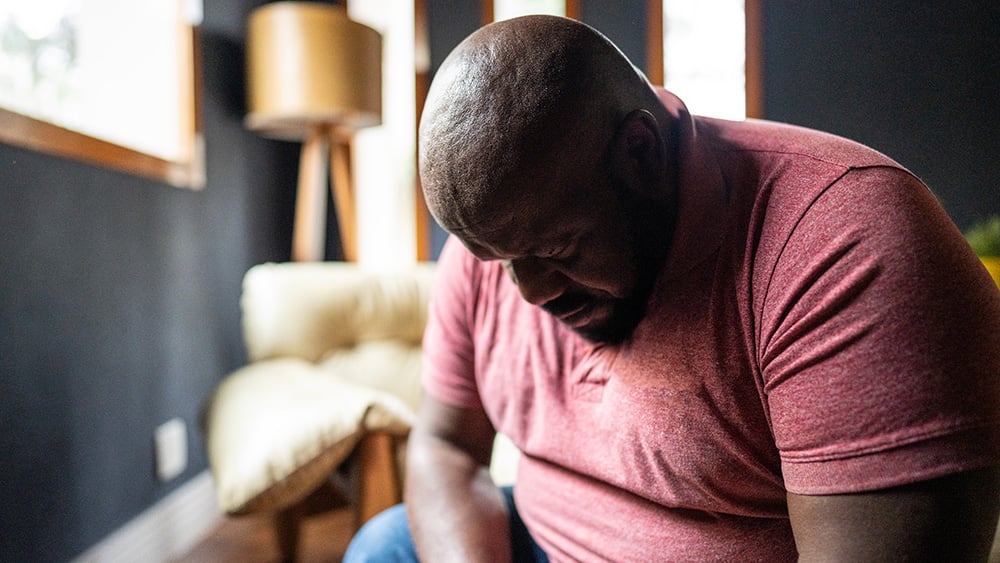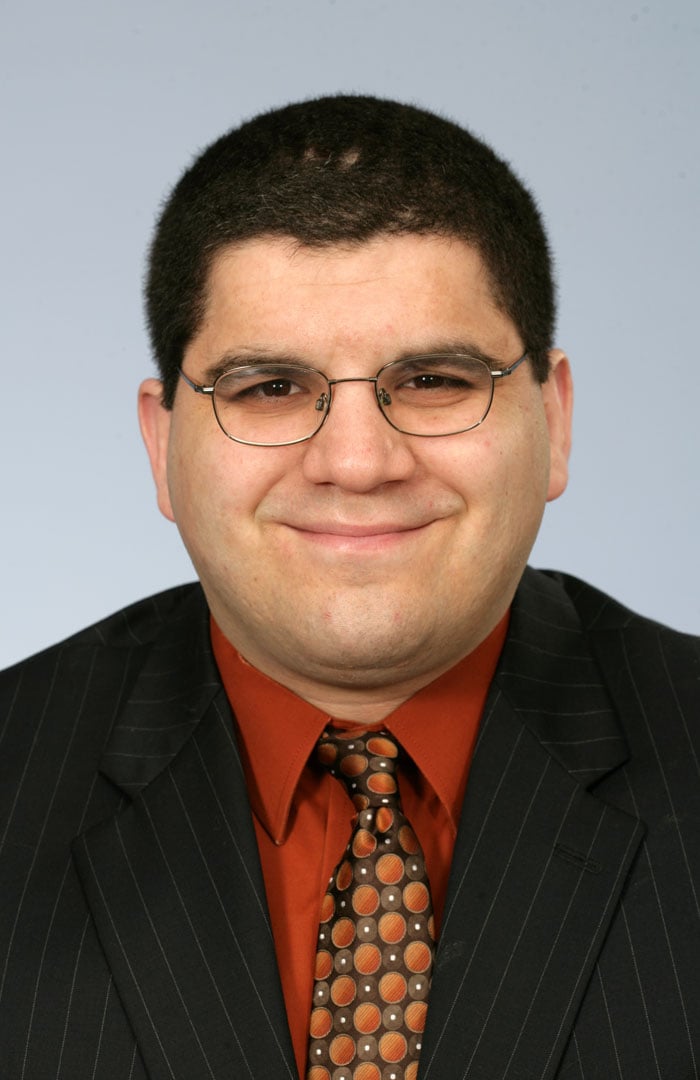Many men start to feel the effects of aging as they enter their 30s and 40s. They don’t have as much energy as they used to, staying up until late hours of the night is often a less frequent occurrence, and small aches and pains can happen more often.
But how can we tell the difference between getting a little bit older and when we might be experiencing low testosterone?
As many as 1 in 4 men over the age of 30 live with low testosterone levels. Michael Loeb, MD, is a family medicine physician at Unity Family Medicine at Parkway and sees patients with low testosterone. He helps to explain how to recognize the signs, how low testosterone can be treated, and how to decide which treatment(s) are safe and most effective.
What is testosterone?
Testosterone is a male sex hormone made primarily in the testes and also in the adrenal glands.
Testosterone is involved in the development of male sex organs before birth, and the development of the male characteristics at puberty, such as voice deepening and growth of facial and body hair. The hormone plays a role in sex drive, sperm production, fat distribution, and maintaining muscle strength and mass.
Symptoms of low testosterone
For men, testosterone levels peak in their 20s, then begin decrease by 1-2 percent each year. Lower testosterone levels are a natural part of aging.
When testosterone levels get too low, however, men may start to experience symptoms, including:
- depression
- erectile dysfunction
- fatigue
- increased abdominal fat
- loss of muscle mass
- reduced sex drive
- weight gain
“For someone with these symptoms, the next step should be a visit with their primary care provider, who can conduct a blood test,” Dr. Loeb said. “If low testosterone levels are diagnosed, there are a number of treatment options available – ranging from lifestyle changes to medication.”
Treatment for low testosterone
Making lifestyle changes is the first way to increase levels of testosterone without starting any medication. Some of these changes include:
- better sleep habits
- decreasing stress
- eating less red meat and more fruits & vegetables
- increasing vitamin D levels
- more physical activity
- weight loss
If testosterone levels remain low several weeks after making these changes, consider meeting with a hormone specialist or urologist who has experience in treating low testosterone with testosterone replacement therapy (TRT). This builds on existing testosterone levels in the body with a measured dose of the hormone to help reduce symptoms of low testosterone.
TRT is often administered as a gel or injection. Men who are actively trying to conceive should avoid starting TRT, according to medical experts. There are potential side effects to TRT, including:
- increased risk of blood clots
- effects on enlarged prostate
- effects on sleep apnea
- reduced sperm count
“There are options to help increase testosterone levels for men and restore them to feeling more like themselves,” Dr. Loeb said. “Reaching out to a primary care provider is a good first step toward an improved health outcome.”







